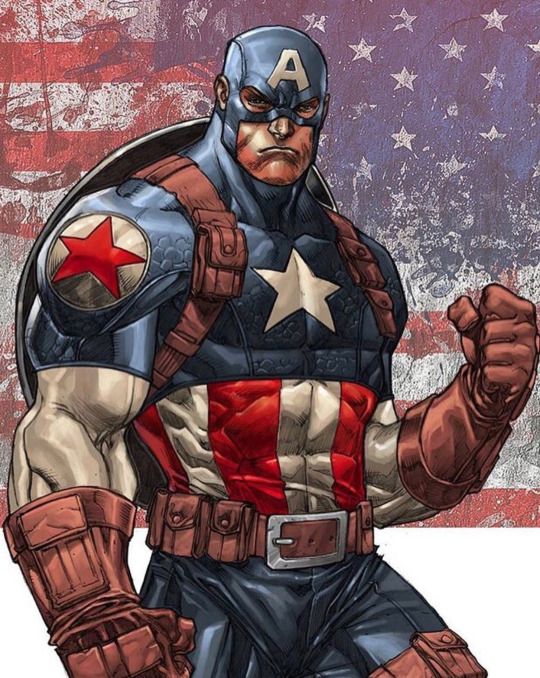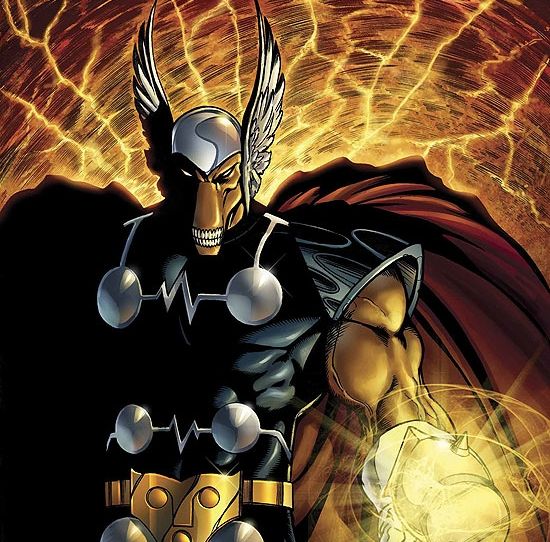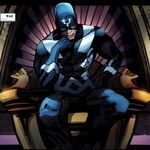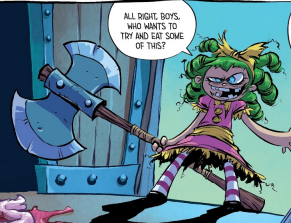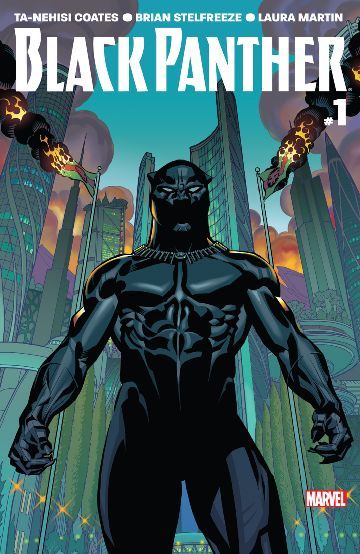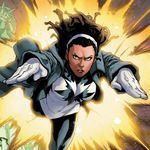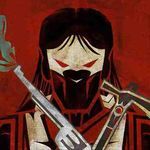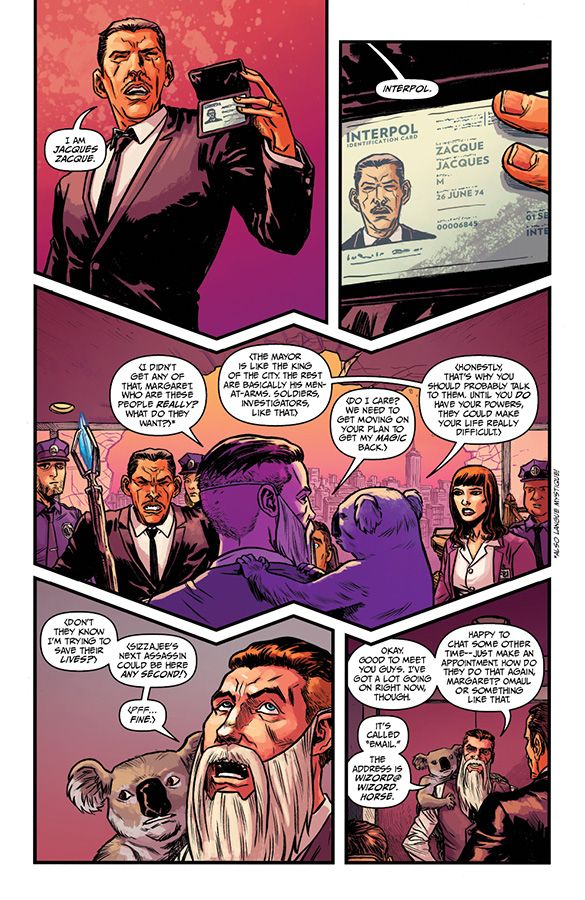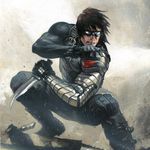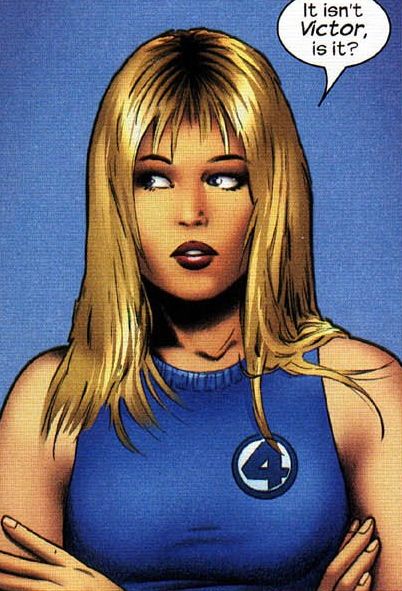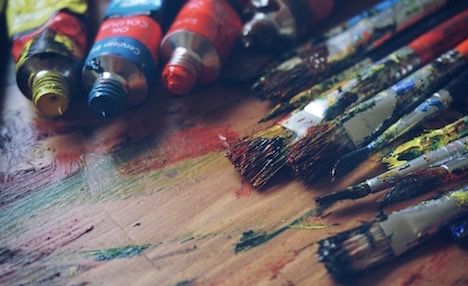
A Marvel Artist’s Stable Dream Cast
Dream casting is a fun game. Fans do it when they hear books or comics are being adapted into movies or television shows, sometimes even audio books and radio plays. Authors do it for fun and, very occasionally if they’re lucky, get to be involved in an actual adaptation of their work.
While many of us fans are pretty pleased with the MCU’s casting choices (let’s just pretends that whole Inhumans thing never happened—with the exception of Anson Mount’s Black Bolt—for our sanity) we’ve been less thrilled about the authors and artists drafted by Marvel Comics to bring our beloved characters to life on the page.
I’ve recently been digging into my academic roots as an art history minor who regrets being frightened away from the major by the language requirement, and also making an attempt to catch up on more recent creations. And because my brain is my brain, my disgust and excitement combined, rolled themselves into some sort of strange ball, and birthed the idea of dream casting artists for some of my favorite Marvel characters.
I didn’t limit myself to modern or living artists; we are we are talking comics after all. No reason a dream stable can’t violate the laws of space and time. If people can come back from the dead (multiple times), reappear from another dimension (again), or simply appear with no rhyme, reason or history, I see no reason Da Vinci can’t be the ideal artist for Captain America.
Captain America: Leonardo Da Vinci
Da Vinci’s command of the human form, his research into the inner workings of the body, his myriad journals featuring dissected limbs and inner bits, all make him the perfect artist to take on the man who embodies the closest humanity has come to physical perfection. Where artists have often over-inflated (literally) post-serum Steve Rogers, giving him muscles where there are none and strange lumps rather than a functional structure, Da Vinci would make certain everything was where it ought to be and, if finely detailed and superhuman, still discernibly, and functionally, belonging to a man whose body obeys the (outer) limits of the laws of anatomy and physiology. And physics, don’t forget physics. I think Leonardo would also be able to give Cap the psychological weight he deserves, to delve into the contemplative and artistic bits of Steve’s backstory that are often over looked in favor of his ability to punch Nazis.
Beta Ray Bill: Andy Warhol
For those of you who aren’t familiar with Beta Ray Bill, the character is effectively a Thor variant with a dinosaur head. Created in 1983 by Walter Simonson, Beta Ray Bill was the champion of Korbinites during their battle with Surtur, who destroyed their home dimension; as the Korbonites approached Earth, they were detected by S.H.I.E.L.D. and Fury sent Thor to investigate the threat. Bill wrested Mjolnir from Thor, then travelled to Asgard where Odin pitted them against each other once more (giving Bill a secret advantage with a mind to teach Thor a lesson for…something?). Bill won but refused to take Thor’s life, which Odin saw as an honorable choice; he returned Mjolnir to Thor but had a second hammer, Uru (Stormbreaker) made for Bill. Bill came to be at a time when comics needed a bit of a jolt, something fresh and new; something that was, in short, a gimmick which would interest lapsed readers enough to bring them back and to draw new readers in. Who better to integrate a story with advertising than Warhol? To Warhol anything could be art simply by virtue of the viewers connection to it, from a soup can to a movie star to a giant paint by number to everyday packaging. Quite frankly, I’m surprised he didn’t do comics back in the day, and a slightly bizarre, somewhat nonsensical, but enduring and beloved character seems to me to be a great place for him to start.
Black Bolt: Fra Fillipo Lippi
An early Renaissance painter, Lippi worked just on the cusp of the rediscovery of perspective and anatomy. The modern eye might view his paintings as a bit primitive but his color work is gorgeous and the gentle, subtle, flowing quality of his subjects’ gestures meshes perfectly with a character who can’t speak for fear of destroying anything in range of his voice. Lippi was also a master of facial expression, utilizing the eyes and gaze with particular skill, something that has been a part of Black Bolt’s portrayal since his early days.
Gert: Mary Cassatt
Okay, bear with me on this one because at the outset, it isn’t going to seem like a natural pairing but. But. Look, if you’re going to take photographs of mothers and children, you have to have a sense of humor because that kid is going to be everywhere and getting into everything. It’s going to be dirty and sticky and its mother is going to be dirty and sticky and also probably hot and annoyed and regretting whatever deal the two of you made. So then, I ask you: what must it have been like to paint such pairings? Chaos. Pure and total chaos and yet Cassat managed to put all of that aside and capture quiet moments, loving moments. Moments where no one is crying or screaming or throwing things (and I don’t necessarily mean the kid). Which is exactly why I feel she’d be perfect to take a stab (possibly literally) at Skottie Young’s Gert. Because Cassat could capture the seconds between the moments, penetrate Gert’s edge and lay out the character’s feelings without any words at all. The person under the armor is what makes Gert an anti-hero instead of merely a childish, bratty villain and I think Cassat shows us those parts of her masterfully.
Black Panther: Kehinde Wiley:
Chosen to paint former president Barack Obama’s official portrait for the National Gallery, Wiley created a piece that is contemplative, evocative, and simultaneously direct and symbolic. The King of Wakanda’s life is as complex and dual-natured as Obama’s, steeped in myth and the past while still demanding he master modern politics and diplomacy. Wiley doesn’t shy away from showing the physical manifestations of that conflict in lines around the mouth and eyes, in graying hair and a permanent furrow of the brow. His style would bring a gravitas to T’Challa the man and king, while still allowing space for the Panther to flourish, bowed from time to time, but never broken, taking a brief moment to rest before springing back into action.
Monica Rambeau: Frida Kahlo
Some of you may not know that Carol Danvers isn’t the only Captain Marvel; Monica Rambeau found herself suddenly powered after being bombarded with extra dimensional energy. Seeking to learn how to use her new abilities, she teamed up with Spider-Man who, in turn, introduced her to the Avengers. Monica was a member of the team for quite some time, even leading it at one point, though Rambeau was eventually forced to retire due to injuries. It was at that point she ceded the Captain Marvel name to Genis-Vell, son of the original Captain Marvel (Mar-Vell, not Carol Danvers) and took the names Photon and later, Spectrum. The blond-haired, blue-eyed Captain Marvel we have now can be an interesting character in the right hands (the last of which were Kelly Sue DeConnick’s) but few of us want that sort of standard perfection in our heroes. We want someone like Monica who’s made mistakes, who’s imperfect, who’s fallen from grace and made her way back, sometimes despite herself. Khalo was never afraid to show her subjects, including herself, with warts and all and she would be perfect to portray the reality of life as a hero, the only sort of art that would really give Monica her due.
Red Wolf: Merrit Johnson and Votan Henriquez
Red Wolf’s history is…complicated. First appearing in 1970, the legacy character was part of an early Marvel diversity push that was well-intentioned but also a product of its time (read: neither particularly diverse nor particularly successful as regards this character). Since then, Red Wolf has woven in and out of the Marvel comics universe, briefly the star of a solo book a couple of years ago and then, more recently, a member of Hawkey’s band of social rebels in David Walker’s Occupy Avengers. Representations of him, however, are still very much based on a sort of idealized portrait of a Native character which is…safe on Marvel’s part. And safe isn’t good enough anymore. Ms. Marvel has proven comics can be a platform for politics statement and education without losing readership, and it’s time to allow Red Wolf to do the same. I teamed Johnson and Henriquez up for this one because she is more an installation artist and he a painter and, ultimately, what I’d love is for Johnson to build set pieces and her darker figural representations and then to have Henriquez transform those sculptures and installations into paintings to which he adds the more traditional touches he favors. So…gorgeous and finally the tribute Red Wolf deserves.
Margaret: AI WeiWei
Last year, Ai Wei Wei’s installation Zodiac Heads was at the Carnegie Museum of Art. I went to see it several times, uncertain as to exactly what it was that kept pulling me back to it. I’m still not one hundred percent sure, which, believe it or not, is a totally acceptable feeling about a piece despite what some critics may tell you. It isn’t simply that I liked the piece; despite being bronze, static, and very plain, the sculptures had a presence, a soul, one doesn’t find with, say, a Roman equestrian monument or a National Geographic photo (not to diminish the skill it takes to make the former or capture the later and not that I don’t love both). The ability to imbue something purely animal with…animus, for lack of a better term, is a rare gift and Curse Words’s Margaret, the heart and soul of that book, the voice of reason with a deep secret all her own, is a perfect candidate for such skillful hands. Ai Weiwei has also maintained a sort of playfulness, a sense of humor in much of his work, despite the difficulties of his own life, a quality he and Margaret share and that he would surely know when to let that shine through.
The Winter Soldier: Mariko Mori
Mori works in a variety of media and though, like Meritt Johnson, she tends toward larger installations, she’s also done photographs including a series of “cybergeishas” that integrate human and machine into creatures of slightly uncomfortable fantasy. Which is exactly what the Winter Soldier is, as Obi Wan Kenobi would say, “from a certain point of view.” Mori’s glass pieces are iridescent and light despite the physical heft of the materials, a visual expression of the Winter Solder’s progression from Bucky Barnes to the Winter Soldier and back again. Her ability to make everything, including herself, luminous, makes her a perfect artist to capture the ineffable kid from Brooklyn who was buried beneath Hydra programming and the weight of history but never completely destroyed. Where so many have focused on the character’s darkness, she will give us the light, though not without shadow.
Sue Storm: Wendy REd Star
Sue Storm is a character who is perpetually shafted. When she was first created in the ’60s, along with the rest of the Fantastic Four, she was equally as powerful as the men on the team, and often saved their butts when they did something stupid or blundered into a trap or thought with their…erm…egos instead of their brains, and yet she is constantly underestimated, the subject of institutional misogyny, and sent back home to cook dinner. Her ideas are dismissed out of hand, and friends, for the smartest member of that team, does she end up in a lot of bubble prisons. Sue has evolved over the years but as it stands, she still hasn’t been given the place she’s earned in the pantheon and, since everyone else is getting a new start (again), Sue should get one too; Wendy Red Star is the artist to give it to her. Challenging long-standing expectations of her own culture in her art, Red Star is the perfect person shake up Sue’s look—how about not blonde and white—and integrate the sarcasm, wit, and hard-earned lack of f*&%$ Sue needs to stand up to the patriarchy and strike out on her own, perhaps with a girl gang who will appreciate and work with her rather than treating her as a cute accessory that constantly saves your ass.
Who’s in your dream stable? Which characters would you like to see reimagined by your favorite artists? Everyone is fair game!
For more discussions of comic art, check out I Read Comics For the Art, or explore all of our comics enthusiasm.



